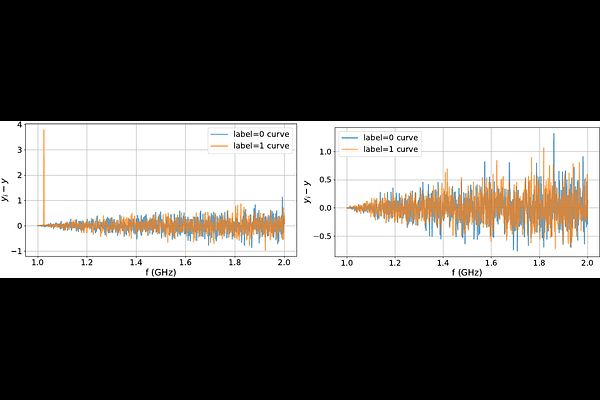A Machine Learning Pipeline for Hunting Hidden Axion Signals in Pulsar Dispersion Measurements

A Machine Learning Pipeline for Hunting Hidden Axion Signals in Pulsar Dispersion Measurements
Haihao Shi, Zhenyang Huang, Qiyu Yan, Jun Li, Guoliang Lü, Xuefei Chen
AbstractIn the axion model, electromagnetic waves interacting with axions induce frequency-dependent time delays, determined by the axion mass and decay constant. These small delays are difficult to detect, making traditional methods ineffective. To address this, we computed time delays for various parameters and found a prominent dispersion signal when the wave frequency equals half the axion mass. Based on this, we developed a machine learning-based pipeline, achieving 95\% classification accuracy and demonstrating strong detection capability in low signal-to-noise data. Applying this to PSR J1933-6211, we found no axion-induced delays within current sensitivity limits. While existing constraints are limited by atomic clock resolution in radio telescopes, future advances in optical clocks and broader bandwidths will enable more extensive searches. In particular, combining high-precision optical clocks with next-generation radio telescopes, such as the Qitai Radio Telescope, could improve decay constant constraints by four orders of magnitude for axion masses in the $10^{-6} \sim 10^{-4}$ eV range.